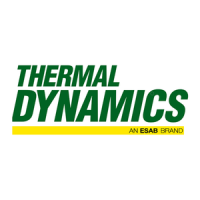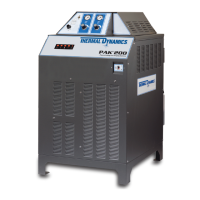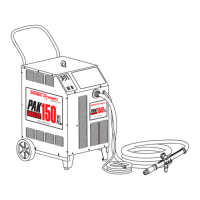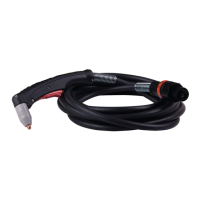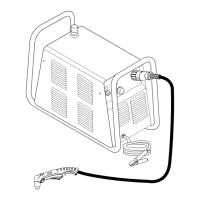Why does my Thermal Dynamics SIGNATURE PAK 1250XRTM Welding System shut down during cutting?
- DdaviswayneAug 18, 2025
If your Thermal Dynamics Welding System shuts down during cutting and the TEMP indicator isn't lit, the issue could stem from several causes. The transformer may be overheated, in which case you should allow the unit to cool down. Another potential cause is gas supply pressure being too low, so check and correct it. Also, verify the primary power source, as a loss of primary power could be the reason. Finally, check the fuses and replace any that are blown.
